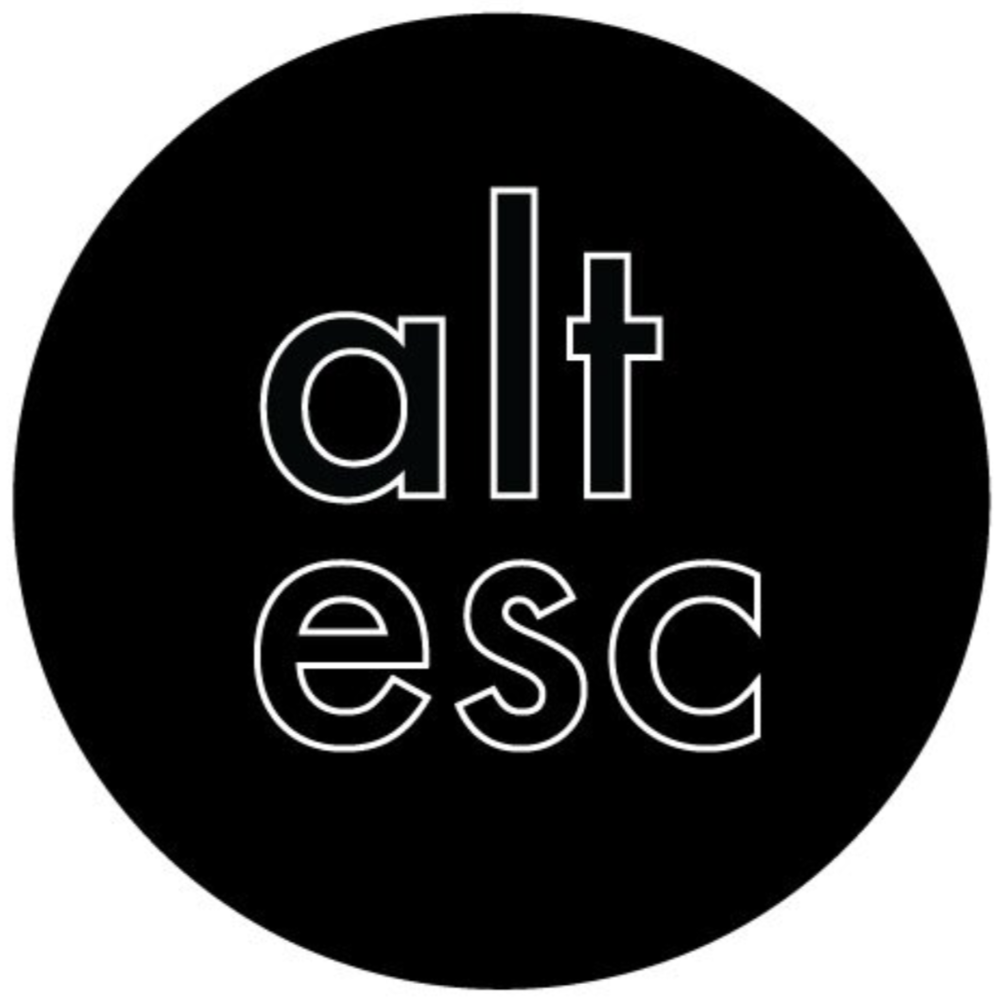E.S.P. TV
E.S.P. TV is a project run by Brooklyn-based artists Scott Kiernan and Victoria Keddie. E.S.P. TV is hard to define in one line because they exist between boundaries. They aren’t necessarily just a TV show, art collective, theater production, duo of directors, or installation artists, but a hybrid of all parts. They utilize a mobile television studio - in which they are also building a residency program - to explore larger concepts of transmission, analog vs.digital media, and broadcast. They’ve aired over 100 episodes and are pioneers of their practice and aesthetic. They’ve collaborated with hundreds of artists, musicians, and artists’ spaces to produce live televisual experiences. E.S.P. TV broadcasts every Tuesday night at 10PM on Manhattan Neighborhood Network (MNN). Channel 67 in Manhattan, as well as online atwww.mnn.org. We were excited to meet up with them at their residency at Pioneer Works.
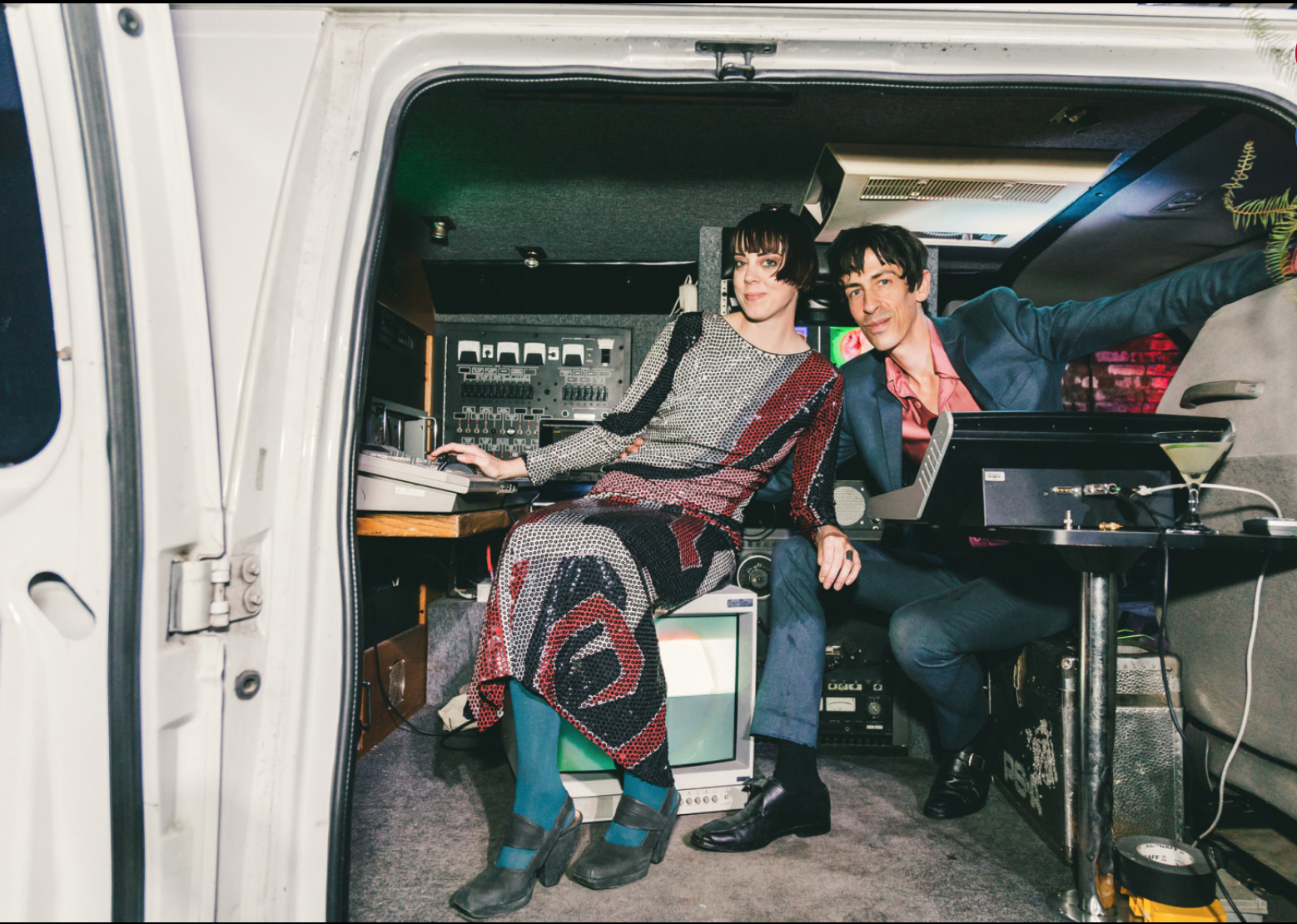
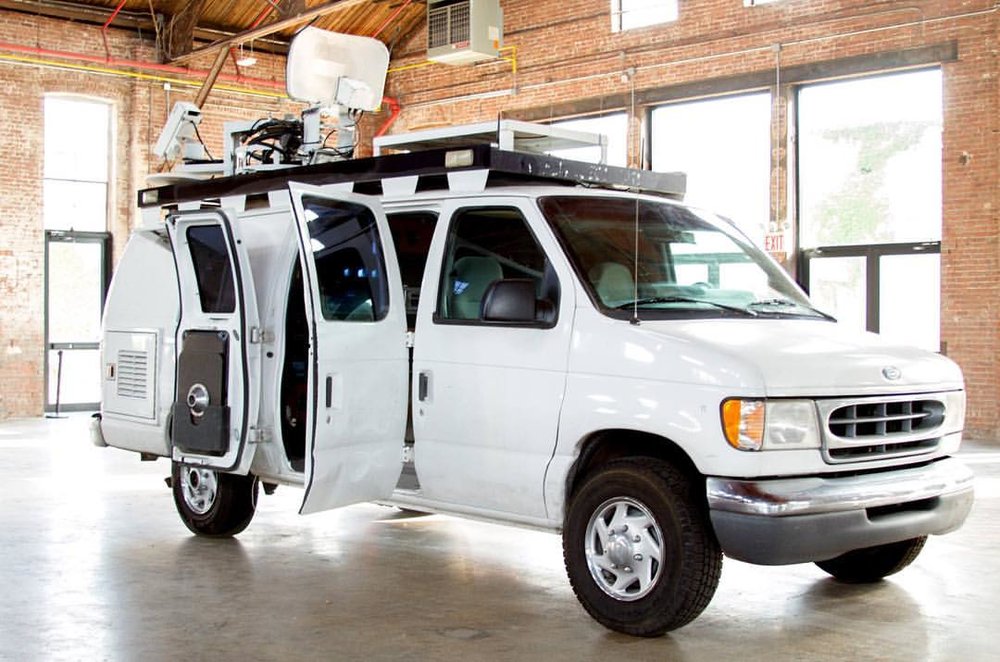
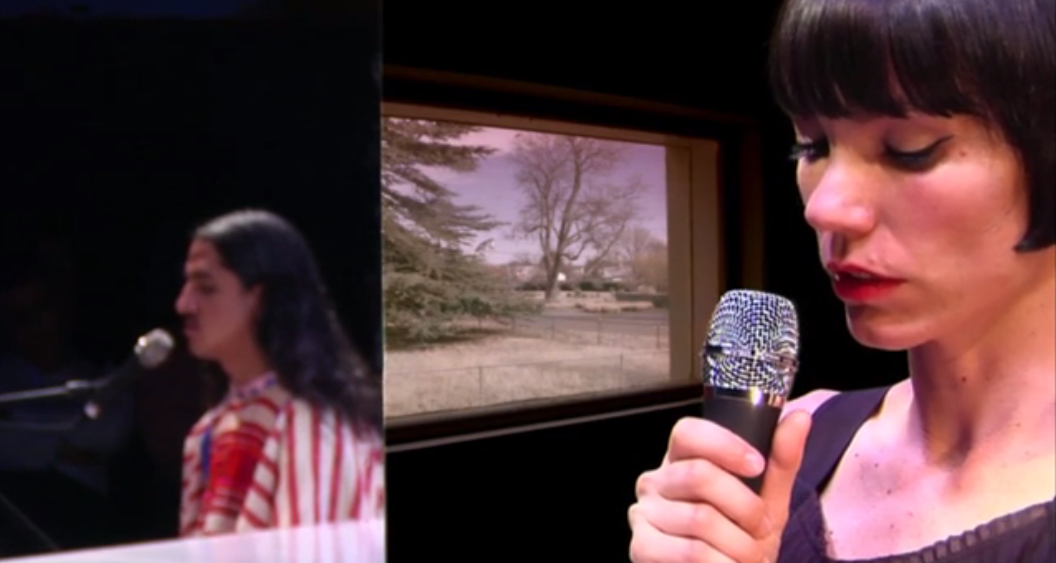
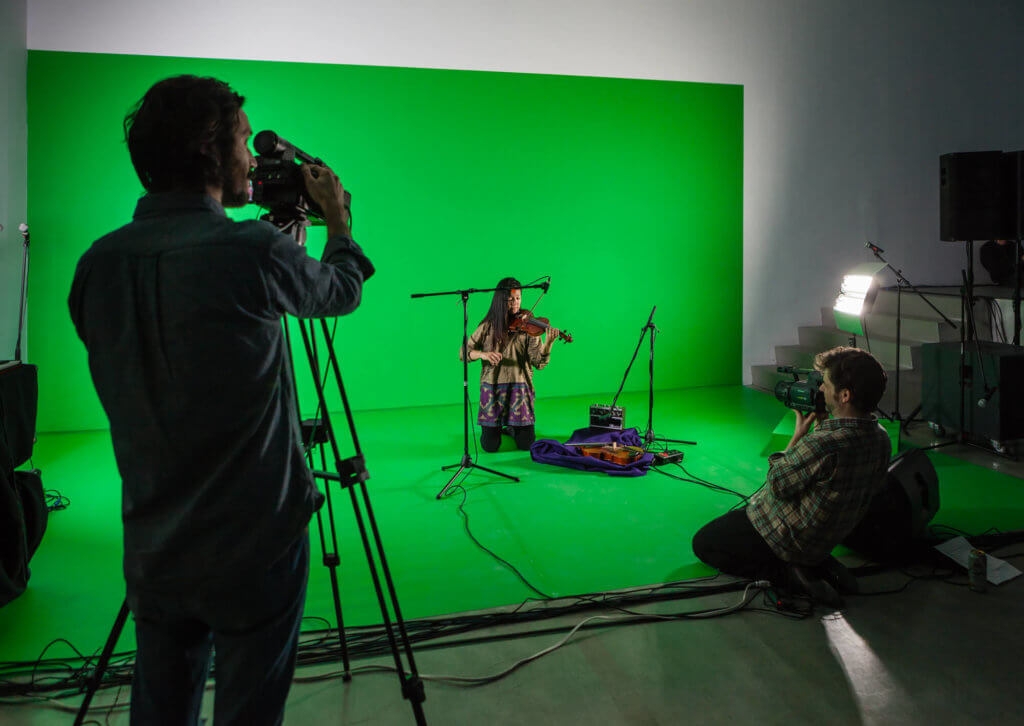
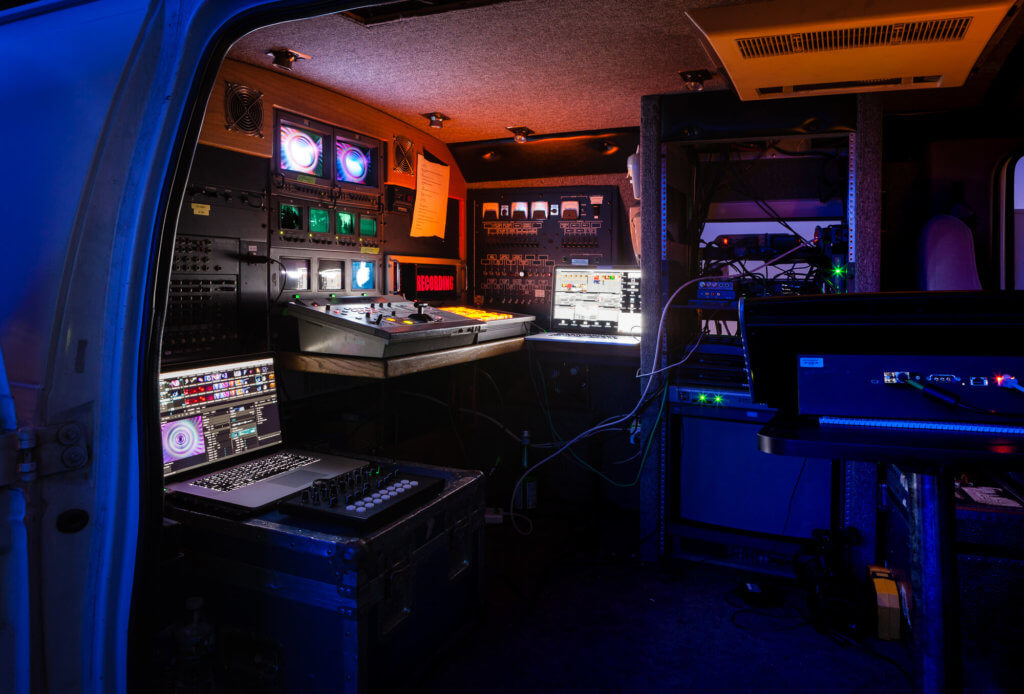
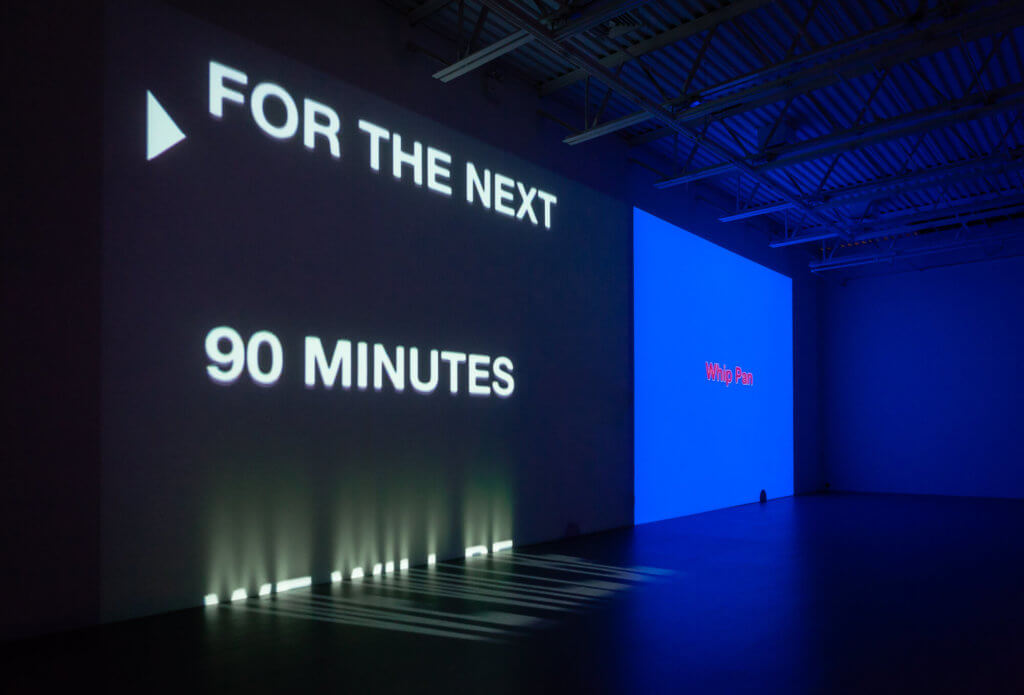
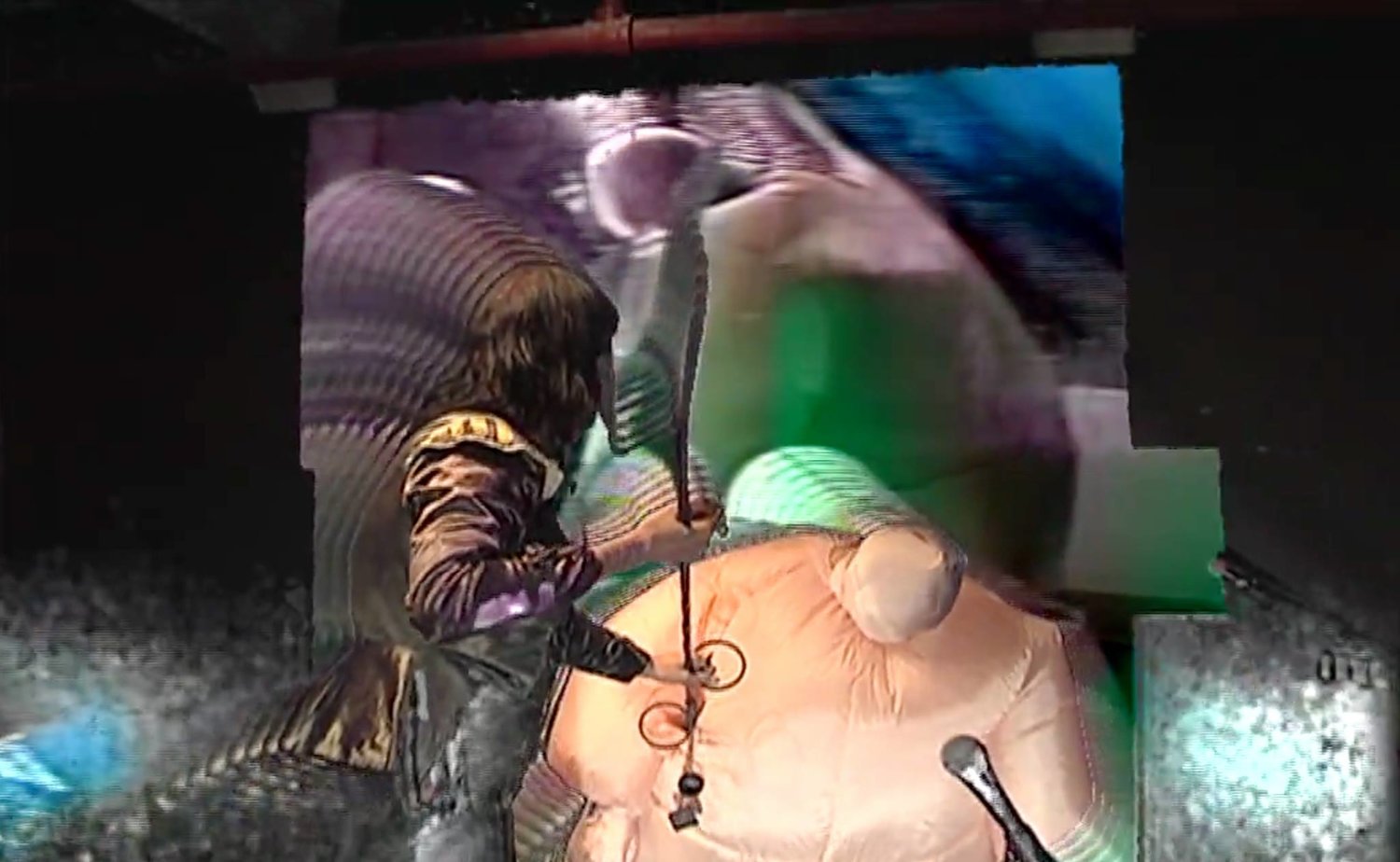
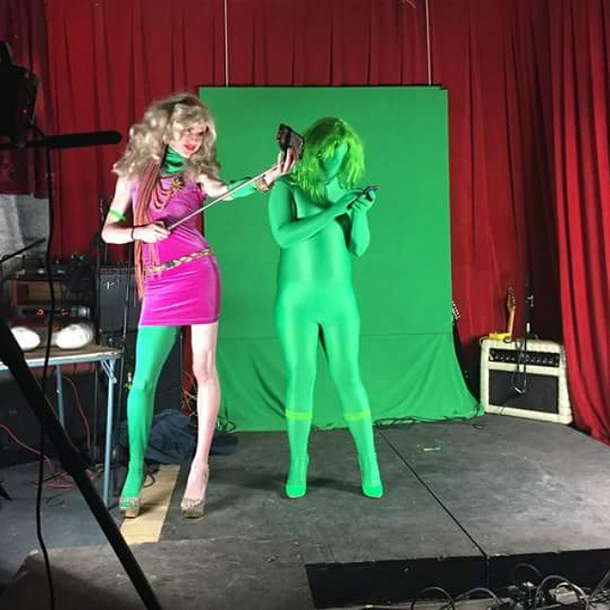
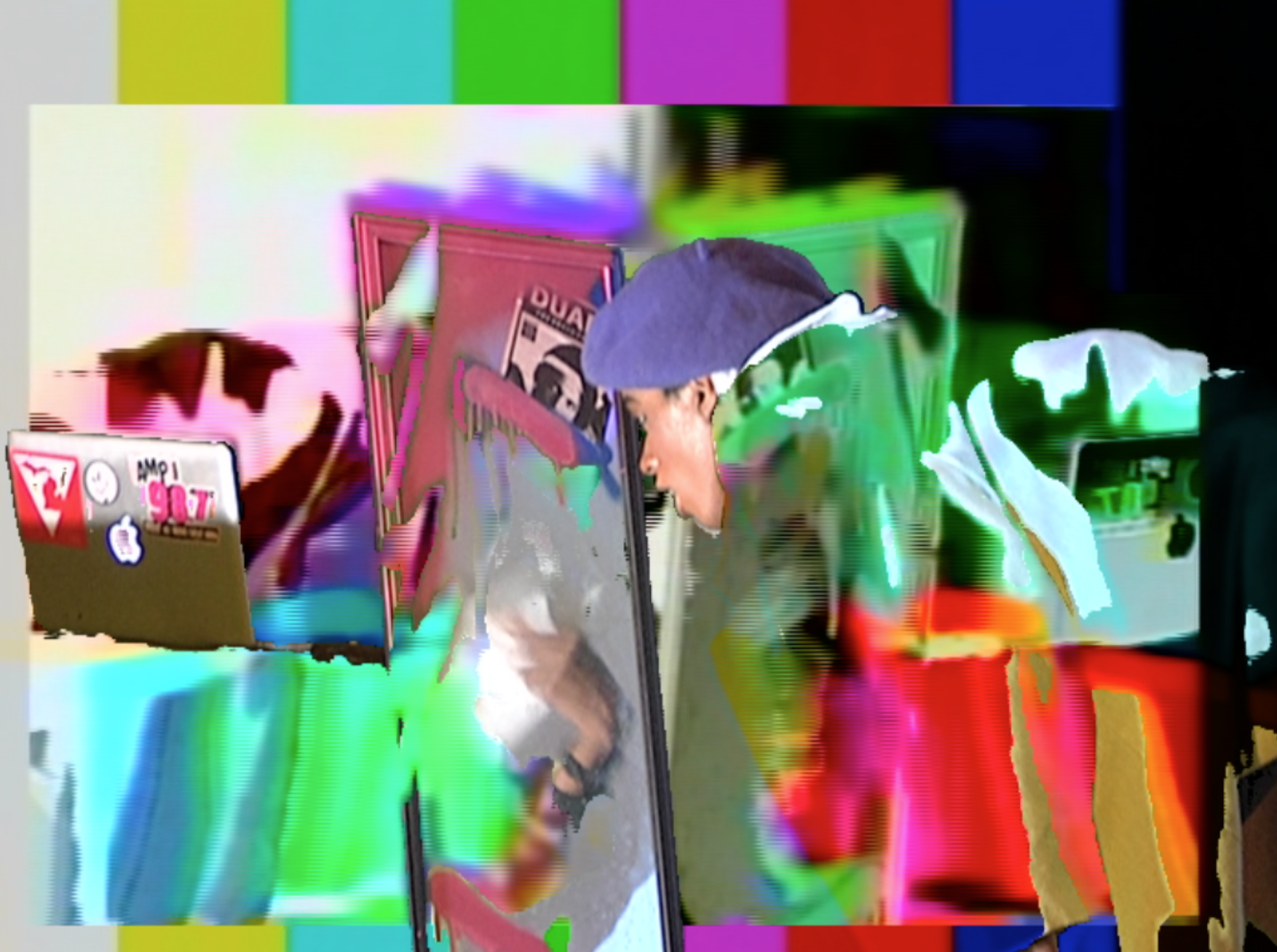
Can you tell us about your residency at Pioneer Works?
Scott: We’ve had a residency since January. We've worked on a few things at Pioneer works. A large part of it has been spent working on the news van, where we are going to start our own residency program called Unit 11.
What is E.S.P. TV?
S: We work with different artists to produce projects for broadcast. We work as an artist group that sets up different scenarios for live televisual exercises. The live television taping is part of the performance as much as the people who are on the show. We work in the space as a production team, but the whole backend is made center stage.
Victoria: We were just talking with someone else today about what it is that we do and how much it is linked to theater and an extension of theater. The fact that it is tied so directly to television pulls it between the two areas of performance. We understand that theater is an internalized black box, an infinite black space where the audience can choose to be vulnerable. The audience's expectations to theater are very particular in comparison to those of the white box. In terms of what we do through the televisual exercise, so much of it revolves around TV culture, and that is a whole other medium of audience involvement where it might be disinterested involvement, or personal, or ‘I’m not interested, so I’ll skip to the next channel or move to the next window’ (the televisual experience is very much on the Internet now, of course). We are playing with all the ways in which the audience might address performance, and we are playing with the boundaries of performance. It’s an interesting place to be. There are blurred lines everywhere.
S: And we are interested in how these signs, symbols and mechanisms...all of these things inherent to television have persisted after TV moved from the square box. Many things haven’t changed that much in terms of how programming and advertising exist
Recently we did a show at Swiss Institute where we did a live tapings and had an installation of a live studio set there. We had a teleprompter in front with the lyrics to The Boxer by Simon & Garfunkel isolated from the rest of the show. It was this lonely relic from a different time, almost anthropomorphized as it sat waiting in the “green room” of the gallery lobby. In the main space, there were two unsynced projections which paired opening lines from TV newscasts with a set of 30 TV production commands such as “Whip Pan”, “American Shot” etc and more common terms like say “Medium Close Up.”
V: As you walked in, you were not only confronted by our TV news van but also this kind of synthetic space, a chromo green studio set. And on the right there was the large split screen projection. It was basically delivering cues for production as well as teleprompting messages for you to recite back or just allow to speak to you. Then the two were talking to each other, and the strange phrasing started to create a really fun play of language. The split screen projections were tuned into what was happening when we mixed live so you would see anything that we recorded of the performances in front of the green screen or from the video program. It was so nice to see at the Swiss Institute because it is such a huge space to work with. It is not every space that you can just drive into.
S: It's also important to convey that it is very live.
S: We are not able to edit each camera as afterwards as you would normally. What happens there in the space - part performance, part installation, part document, part improv - is what is made. There is no going back, per se.
V: We love the frenetic experience of the live. There is a high variable for failure when you are working with so much media at the same time.
Can you talk about the tour you went on? When did you get the van?
S: We got the van with the purpose of the tour.
V: We decided that we are a mobile project. A mobile experiment. We still have a hard time describing ourselves. Are we an organization? Well, not quite. Are we a directorial project? No, not really..
S: People think that we are a collective, and we are not really.
V: We knew we wanted to extend ourselves beyond the city that we are in. The project is about being mobile, so we thought let's be mobile! We don't want to be insular. We want to reach out. The whole point of broadcast is to signal out. It doesn't have a definitive end. True broadcast keeps going. You can bounce it off the moon if you want to. So it is nice to take that concept and use it as incentive to go on the road. We were excited to go around the country - full circle - and team up with diffrent places, cities, towns, museums, galleries, DIY spaces, radio stations.. We teamed up with over 50 artists in 15 cities, and we did it all in one month. Now I’m thinking that was insane. It was an insane amount of work to do in one month. However, we did it. We all lost a lot of weight. It was a beautiful experience to do such an expansive project in such a limited time frame, and we have so much material from it. We only finished airing those episodes a couple of months ago. When you attend our live taping events, they are typically an hour and a half.. maybe two hours and our episodes that we air are only 30 minutes.
S: For every show we set up an entire installation and took it down the next day. There is this ephemerality with the idea of tuning into something that is just there for a passing moment like a tv show. As we set up the studio for each performance instead of working from one specific site, some of that transience of the airwaves works its way into our actual physical setup and installations.
And the story behind the van?
V: The purpose of getting a van for the tour was, at first, that we just needed a vehicle that could hold our stuff . It was less about the camping road trip, and it really became about the idea. What are we? We are a mobile broadcast unit. What is a news van? It's a mobile broadcast unit. And we found, on Ebay, a man who brokered news vans. Then we found this outdated model. Nobody wanted it anymore. It was really at its height in the 90’s.
S: It was a Channel 8 news van from Austin. A cable van after that. Then it lived in a garage. We had our friend, Jennifer Juniper Stratford, in LA check it out for us.
V: The dealer we bought it from (because he brokers all these news vans) had this guy put a bunch of vans onto the back of a trailer and drive across country. We ended up meeting him in Pittsburgh outside of a Jiffy Lube. I was like we have to meet him at a Jiffy Lube because we might need an oil check, so we are outside, backing up this van, and the guys at the Jiffy Lube were like, “Wow, this is ridiculous...”
S: Should we go over the trials and tribulations of the tour?
V: The battery didn't work, so we had to go and get a battery, which was fine because we got one next to the Jiffy Lube. Over the duration of tour we replaced all four tires.
S: Midnight in eastern Kentucky...
V: There are plenty of stories to add to this.
S: Bad gasoline..
V: Have you ever gotten bad gasoline?
No. Never had bad gasoline.
S: Corn liquor out of a gas pump mixed with water.
V: This was in Lordsburg, Arizona.
S: No, it was in Arkansas.
V: It was tumbleweed city. The gas was crazy. It was pure sulfur. For our drive, it wasn't so great, but it wasn't so bad either.
What’s the van setup?
S: It is setup to do live video mixing, creative signal bending or signal work, as well as sound recording. Basically you can manipulate the system through sound or video. We are looking to build it out modularly so everything can connect to everything else, and out and back in etc. Theres is a growing patch bay system in there for that...
How did you personally become interested in broadcasting as a medium and how does it play into your personal works?
V: I've always been interesting in broadcast because of the romantic sense of it. Putting the signal out and communicating outward. Its really from the echo. My work primarily investigates sound and visual sound. I venture into and think about sending the signal. I think about how one sound can communicate with another. I think for Scott, and I don't want to speak for you, but it is also so much about language.
S: Definitely language and its connection to these technologies. There are perceptual differences with different technologies and certain kinds of displays. The ways the images are perceived, for example the scan of an electron beam in a CRT means something different than the sequential still images of a progressive/digital system. One is much closer to writing and the other to film or photography, mechanically but also in how its perceived or can be used materially...broken apart. We dig some of these older technologies back up not for nostalgic reasons but for qualities inherent to them and for how they can be hybridized with new approaches that now exist.
S: The show itself started at the same time everything was going digital and getting rid of analog.
V: It was during the time when you had to throw out your old analog TV sets and cable boxes in the shift to digital. There was a limited time to tap into a huge bandwidth because it had all moved to a different platform. All of these stations that were once NBC, ABC, whatever was on, were no longer there. But no one was using those channels anymore. So you could potentially be on there saying, “Hi, this is my show..,” and have access to this space, but no one was around to see it.
S: You could be signal ghosts.
V: You were still allowed to be there in a physical sense. There was this moment of, “Oh! Weird! You can still use this!” Now it is all being used for telephone companies, but for a moment it was fun.
When was this happening?
2010/11.
Your work has a particular aesthetic. Are the tools you use designed to create those video textures?
V: A lot of the equipment that we use appropriates things that were originally used for broadcast. These machines, they still want to pass the signal through. They want to figure that out, and that is where there is translation. You can get a video signal to modulate through your TV repair unit, and it will create a different sort of signal, and that part is the music making component of it.
S: People often think that we use devices designed specifically to create weird visuals, but they were not made with that purpose in mind. We just turned these defunct TV production tools on their heads a bit, and found a way to move them out of the label of “obsolete”.
